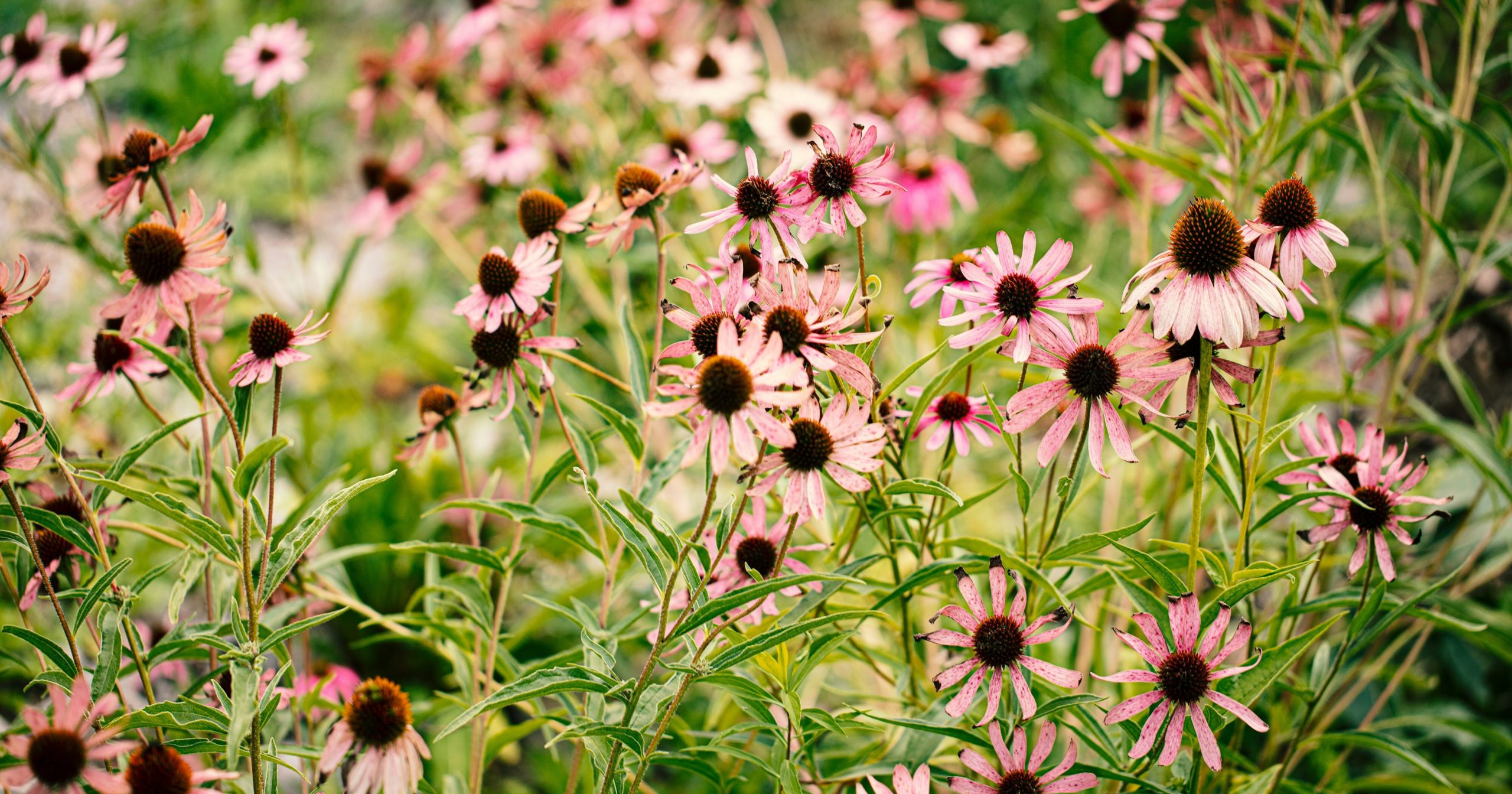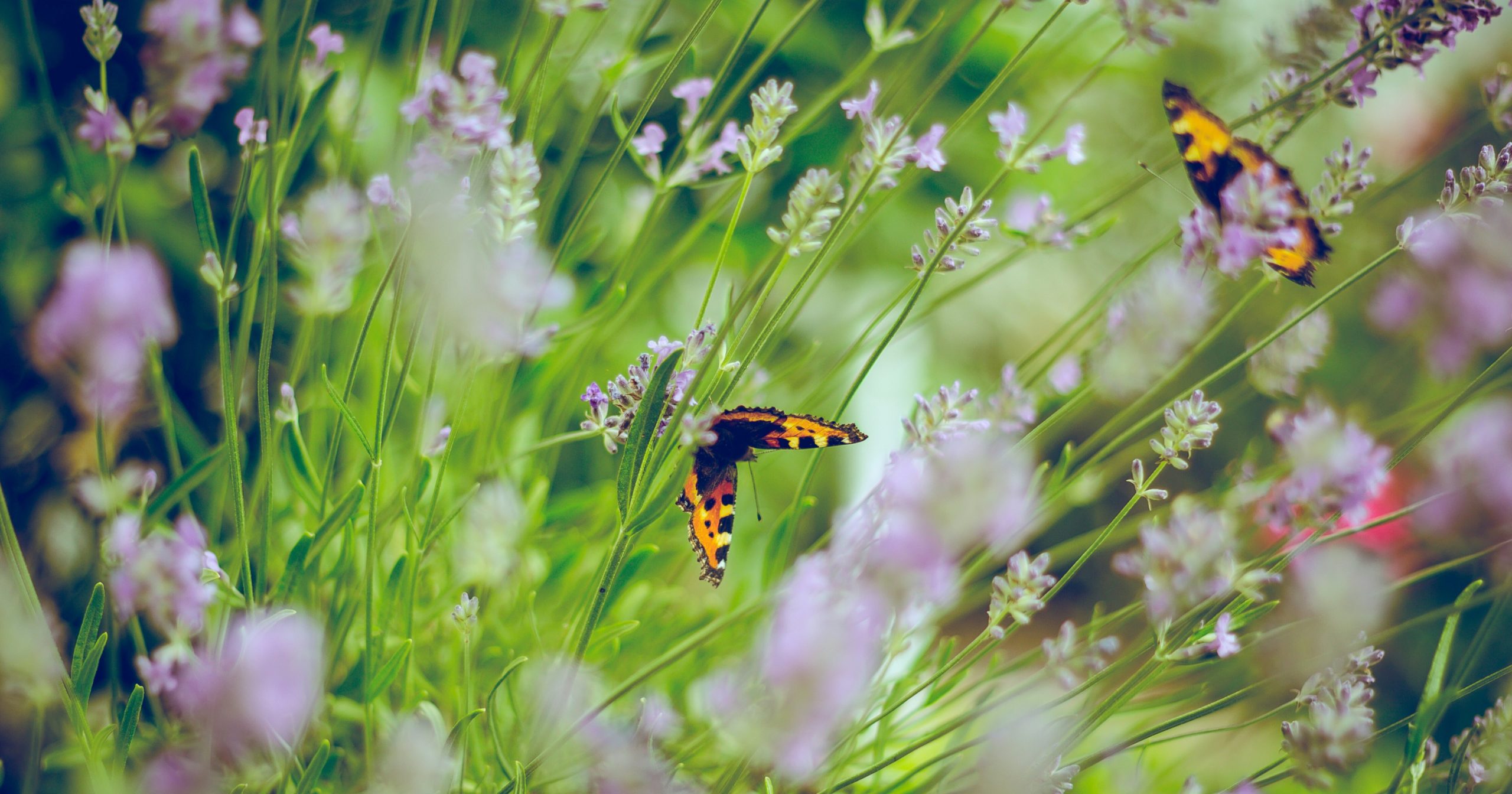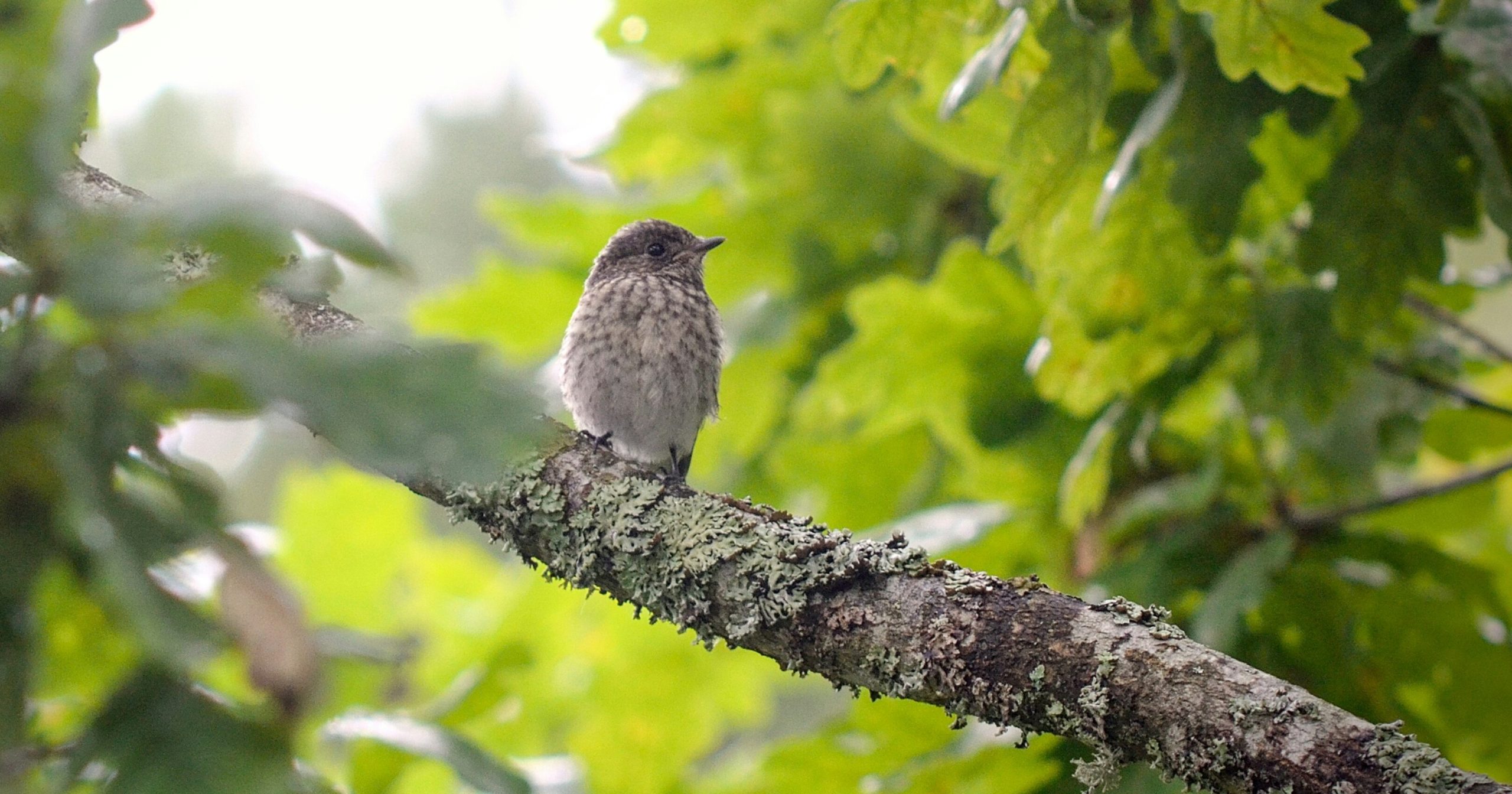Welcome to the world of Zephyr Nectarines, a delightful and flavorful fruit that is sure to captivate any gardener’s heart. With their juicy flesh, vibrant colors, and sweet-tart taste, Zephyr Nectarines are a true delight to grow in your backyard orchard or garden. Whether you are a seasoned gardener or a beginner, this article will provide you with all the essential information you need to successfully cultivate and care for Zephyr Nectarine trees.
From selecting the right location and preparing the soil to understanding the pruning and fertilization techniques, we will guide you through each step of the journey, ensuring a bountiful harvest of these delectable fruits. So, grab your gardening tools and let’s dive into the world of Zephyr Nectarines, where you’ll discover the joy of growing your own succulent and mouthwatering nectarines right at home.
What is Zephyr Nectarine?
Zephyr Nectarine is a popular variety of nectarine tree known for its exceptional flavor and juicy, aromatic fruit. It is a deciduous tree that produces medium to large-sized nectarines with a smooth, firm skin that ranges in color from yellow to red. The flesh of Zephyr nectarines is yellow, freestone, and incredibly sweet, with a perfect balance of acidity. The fruit is highly aromatic and has a rich, tropical flavor that is often described as a combination of peach and citrus.
Zephyr Nectarine trees are vigorous and productive, typically reaching a height of 12 to 15 feet when fully grown. They require full sun exposure and well-drained soil to thrive. This variety is also known for its resistance to bacterial spot disease, making it a reliable choice for home gardeners and commercial orchards alike.
What does Zephyr Nectarine taste like?
Zephyr Nectarine is known for its exceptional flavor profile, making it a popular choice among nectarine enthusiasts. It offers a delightful combination of sweetness and tartness, creating a well-balanced taste. The flavor is often described as intensely sweet, with hints of tropical notes such as pineapple and mango.
The flesh of the Zephyr Nectarine is juicy and succulent, providing a refreshing and satisfying eating experience. It has a smooth texture that melts in your mouth, making it a true delight to bite into. The sweetness is complemented by a slight tanginess, which adds a pleasant zing to the overall taste.
One of the unique aspects of Zephyr Nectarine is its aromatic qualities. It releases a captivating fragrance that is reminiscent of summer and ripe fruits, further enhancing the sensory experience. This aroma adds to the anticipation and enjoyment of consuming this delectable fruit.
Overall, Zephyr Nectarine is known for its exceptional flavor, combining sweetness, tartness, and tropical notes. Its juicy flesh, smooth texture, and aromatic qualities make it a highly sought-after variety among nectarine connoisseurs.
How to start Zephyr Nectarine from seed
Starting a Zephyr Nectarine tree can be an exciting and rewarding experience. Here is a step-by-step guide to help you successfully grow a healthy nectarine tree:
- Selection of a healthy graft stock: When starting a nectarine tree, it is recommended to use a graft stock rather than growing from seed. Look for a healthy rootstock that is compatible with nectarine trees. Common rootstocks for nectarines include Lovell, Nemaguard, and Guardian.
- Purchase a Zephyr Nectarine scion: Once you have selected a suitable rootstock, you will need to purchase a Zephyr Nectarine scion. Scions are the desired variety of fruit tree that will be grafted onto the rootstock. Make sure to obtain scions from a reputable nursery or supplier.
- Grafting process: Grafting is the process of joining the scion and rootstock together. There are different grafting techniques, but the most common method for nectarine trees is whip grafting. Here’s a simplified guide to whip grafting: a. Prepare the scion: Trim the scion to a length of 4-6 inches, making a diagonal cut at the bottom and a straight cut at the top. Remove any buds or leaves from the scion. b. Prepare the rootstock: Make a straight cut on the rootstock, about 1-2 inches above the soil level. Split the cut end vertically for about an inch. c. Joining the scion and rootstock: Insert the trimmed end of the scion into the split end of the rootstock, making sure the cambium layers of both the scion and rootstock are aligned. Use grafting tape or rubber bands to secure the union tightly.
- Protecting the graft: After grafting, it is crucial to protect the graft union from drying out and pests. Apply grafting wax or a grafting compound to seal the cut surfaces and prevent moisture loss. You can also cover the graft union with a plastic bag or use grafting clips to hold it in place.
- Provide proper care: Once the grafting process is complete, it’s time to provide the necessary care for your Zephyr Nectarine tree: a. Location: Choose a sunny spot in your garden with well-draining soil. Nectarine trees require at least 6-8 hours of direct sunlight daily. b. Watering: Keep the soil consistently moist but not waterlogged. Water deeply once or twice a week, depending on the weather conditions. c. Fertilization: Apply a balanced fruit tree fertilizer according to the package instructions. Feed the tree in early spring and again in late summer. d. Pruning: Regularly prune your nectarine tree to maintain its shape, remove dead or diseased branches, and promote airflow and sunlight penetration. e. Pest and disease control: Monitor your tree regularly for pests such as aphids, scale insects, and peach leaf curl disease. Use organic or chemical controls as necessary.
Remember, growing a nectarine tree requires patience and consistent care. With proper attention and maintenance, your Zephyr Nectarine tree will reward you with delicious fruits in the future.
When to plant Zephyr Nectarine outdoors
The ideal time to plant Zephyr Nectarine trees is in late winter or early spring, before the tree begins to bud. This allows the tree to establish its roots before the onset of hot summer weather. In most regions, this would be around February to April. It is important to avoid planting during the hottest months of summer or during freezing winter conditions.
Growing & care guide
Zephyr Nectarine is a delightful fruit tree known for its juicy and flavorful nectarines. To ensure the health and productivity of your Zephyr Nectarine tree, it is important to follow some best practices for its care. Here are some guidelines to help you successfully grow and maintain your Zephyr Nectarine tree:
- Planting: Choose a location that receives full sun for at least 6-8 hours a day. The soil should be well-draining and rich in organic matter. Before planting, ensure the soil pH is between 6.0 and 7.0, as nectarines prefer slightly acidic to neutral soil.
- Watering: Nectarine trees require regular watering, especially during the growing season. Provide deep and thorough watering once or twice a week, ensuring the soil is moist but not waterlogged. Avoid overwatering, as it can lead to root rot. Mulching around the base of the tree helps retain moisture and suppress weed growth.
- Pruning: Pruning is essential for maintaining the shape, size, and health of your Zephyr Nectarine tree. Prune during late winter or early spring before new growth begins. Remove any dead, damaged, or diseased branches. Thin out crowded branches to improve air circulation and sunlight penetration. Pruning also helps in controlling the tree’s height for easier harvesting.
- Fertilizing: Nectarine trees benefit from regular fertilization to promote healthy growth and fruit production. Apply a balanced fertilizer, such as a 10-10-10 or 14-14-14, in early spring before new growth emerges. Follow the manufacturer’s instructions for application rates. Avoid excessive nitrogen fertilizers, as they can promote excessive vegetative growth at the expense of fruit production.
- Pest and Disease Control: Regular monitoring is crucial to detect and prevent pest and disease issues. Common pests that affect nectarine trees include aphids, scale insects, and peach tree borers. Use organic insecticides or horticultural oils to control pests. Fungal diseases like peach leaf curl and brown rot can be prevented by applying appropriate fungicides during the dormant season.
- Thinning Fruit: To ensure larger and healthier nectarines, thinning is necessary. When the fruits are about the size of a marble, remove excess fruit to allow proper spacing. Aim for a distance of 6-8 inches between each fruit. Thinning helps in preventing overcrowding, improves air circulation, and reduces the risk of disease.
- Winter Protection: Zephyr Nectarine trees are susceptible to frost damage, especially during late winter or early spring when they are in bloom. Consider covering the tree with frost blankets or using frost protection measures like overhead sprinklers to protect the blossoms from freezing temperatures.
Remember, each nectarine tree is unique, and environmental factors may vary. Regular observation and adjustment of care practices based on the tree’s response will help ensure the best results. With proper care and attention, your Zephyr Nectarine tree will reward you with delicious and juicy fruits for years to come.
Harvesting guide
Zephyr nectarines are a delicious variety known for their sweet and juicy flavor. Harvesting them at the right time ensures optimal taste and texture. Here’s a guide on when and how to harvest Zephyr nectarines:
- Timing: Zephyr nectarines are typically ready for harvest in late spring or early summer, depending on your specific climate. The exact timing can vary, so it’s essential to monitor the fruit closely.
- Color: Look for a change in color as a sign of ripeness. Zephyr nectarines will develop a vibrant yellow or orange hue when fully ripe. Avoid harvesting them when they are still green as they won’t ripen properly off the tree.
- Firmness: Gently squeeze the fruit to check its firmness. Ripe Zephyr nectarines should have a slight give when pressed, indicating that they are juicy and ready to be picked. However, be careful not to squeeze too hard, as it can damage the fruit.
- Taste: The best way to determine if a Zephyr nectarine is ready for harvest is by tasting one. Pick a fruit that appears ripe and sample it. If it has a sweet and flavorful taste, it’s time to harvest the rest of the crop.
- Harvesting: To harvest Zephyr nectarines, hold the fruit gently and twist it slightly. If it comes off the tree easily, it’s ready to be picked. Avoid pulling or tugging forcefully, as it can damage the tree or the fruit.
- Handling: Handle the harvested nectarines with care to prevent bruising or damage. Place them gently in a basket or container, making sure not to stack them too high to avoid crushing the bottom ones.
- Storage: Zephyr nectarines are best enjoyed fresh, so it’s ideal to consume them soon after harvest. If you need to store them, place them in a single layer in a cool and well-ventilated area, such as a refrigerator. They can last for a few days to a week under proper storage conditions.
Remember, the flavor and sweetness of Zephyr nectarines are at their peak when eaten fresh from the tree. So, try to harvest and enjoy them as soon as they are ripe for the best taste experience.













